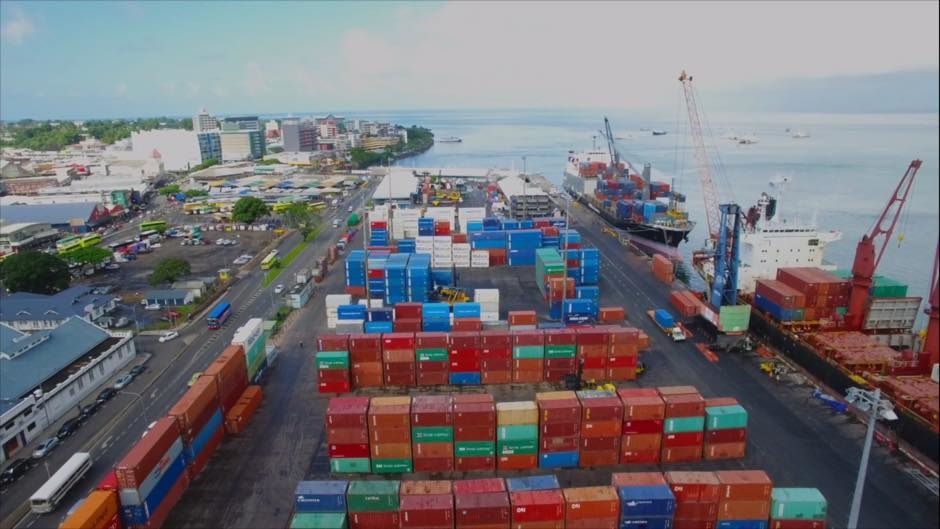EXPORTS from Fiji to the United States of America (US) will be levied a 15 per cent import tariff at the US end, following the announcement yesterday (July 31 US Time) by US President Donald Trump of a new set of reciprocal tariff rates ahead of his August 1 deadline, easing speculations that he may yet again defer it. The tariffs will be activated after a seven-day period and according to
ANZ international economist Kishti Sen, the certainty of this should provide some relief to Fijian exporters.
“I think it is good news that Fiji escapes a tougher sanction and I think Fijian exporters of goods into the US will be relatively happy with a lower tariff of 15per cent, which is a 53 per cent discount on the original 32 per cent tariff announced on April 2.
“I don’t believe it will upset the flow of Fijian products into the US market. Most Fijian goods fall in the high-end market and that means importers have a good chance of passing on the higher costs down to the US consumers.”
That means less of the impost have to be absorbed into trader margins to maintain trade flows,” Mr Sen said. Fiji’s trade team led by Minister for Trade Manoa Kamikamica is still negotiating an Agreement on Reciprocal Trade (ART) framework with their US counterparts and details of what Fiji is willing to offer are still under wraps.
Fiji is on Annex 1 of President Trump’s latest Presidential Order on Reciprocal Tariffs and is among countries that “have agreed to, or are on the verge of concluding, meaningful trade and security agreements with the United States.”
“Goods of those trading partners will remain subject to the additional ad valorem duties provided in Annex I to this order until such time as those agreements are concluded, and I issue subsequent orders memorializing the terms of those agreements,” President Trump stated. Some countries on the list have immediately rejected the new rates while Mr Kamikamica had initially targeted between two per cent to zero before going into negotiations with the Americans, saying that range realistically reflected the two-way trade between Fiji and the US.
“Is it fair? I think that’s a more difficult question to answer,” Mr Sen said when asked by this newspaper.
“Initially, President Trump was going to target countries that had a large and persistent trade surplus with the US. He felt these countries were not paying their fair share and taking advantage of the US. But then he changed his mind to apply tariffs to all countries trading with the US. That’s not a total surprise though as Trump campaigned as a protectionist policy to shore up US industry.
He was going to do that by making imports of goods into the US more expensive to make the domestic manufacturing industry more competitive. And he was going to raise a whole bunch of fresh revenue along the way. So, whether you like it or not, more aggressive tariffs were always going to be part of the US trade policy under Trump’s second term.
“The fact that Fiji escapes a harsher sanction, I believe is good news for Fijian exporters to the US.
“With that certainty, Fiji can now move on and continue to build on its existing trading relationships with the richest market in the world, so it continues to access high disposable income consumers,” Mr Sen said.



